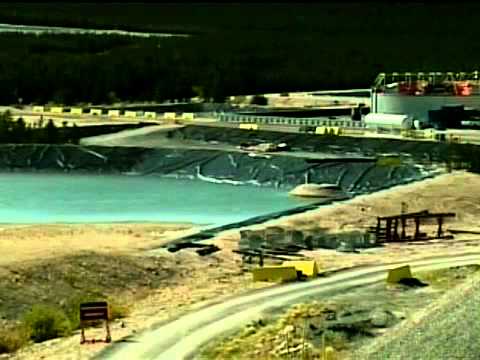Canada’s top uranium producer Cameco on Thursday reported a 31% slide in net earnings, as higher costs and a C$28-million settlement charge weighed-down the bottom line. Net earnings attributed to equity holders for the quarter ended June 30 were C$88-million, or $0.22 per diluted share, compared with net earnings of $127-million, or $0.32 per share in the comparable quarter of 2014.
Excluding special items, adjusted earnings in the period were $46-million, or $0.12 per share, down 41% year-on-year when compared to $79-million, or $0.20 per share in the second quarter of 2014. Production volumes in the quarter were 35% higher compared with the second quarter of 2014, mainly owing to production from Cigar Lake and higher output from McArthur River/Key Lake, which was partially offset by lower output at Rabbit Lake, all located in Saskatchewan’s Athabasca Basin, and Inkai, in Kazakhstan, and the company’s US operations. The 13% increase in uranium revenues was a result of a 14% increase in the Canadian dollar average realised price, partially offset by a 1% decrease in sales volume.
EYES ON JAPAN Cameco commented that the uranium market continued to be flat in the second quarter, with yellowcake spot prices remaining in the mid-$30s per pound. The quantity transacted in the spot market was at normal levels, and no significant price trends emerged.
According to management, this flat environment was simply a function of the currently over-supplied market, where participants’ uncovered requirements started to open up in the next two to three years.
There were supply disruptions in the first half of 2015 that reduced the over-supply situation, but the reductions did not result in any notable change in spot or term demand from utilities. Japan restarts remained the most important driver of market sentiment in the short term.
While the market had been disappointed with ongoing delays, the first reactor restarts appeared to be imminent, with Kyushu having loaded fuel into Sendai Unit 1 for an expected restart in August, while preparing Sendai Unit 2 for a restart this fall.
“We remain confident that a significant number of units will be restarted in Japan over time, though the regulatory approval process and restart schedules are clearly hard to predict,” Cameco said. Beyond these short-term challenges in the market, longer term, strong fundamentals underpinned a positive outlook for the industry. Globally, there were 64 reactors currently under construction, with a net increase of 82 reactors expected over the next decade. China continued to execute on its remarkable nuclear growth plan, with 26 reactors operating and 24 under construction.
India continued to demonstrate confidence in its nuclear growth strategy, demonstrated by the signing of new long-term uranium supply agreements with major producers, including Cameco in the previous quarter. On the supply side, Cameco continued to see depressed market conditions having a negative impact on future supply potential, as suppliers struggled to justify the underlying economics.
The cancellation of a planned mine expansion in Australia further supported the company’s view that current price levels did not justify the development of new uranium mines


